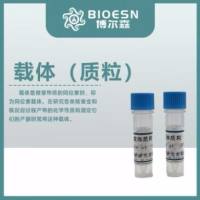Agronomic Performance of Transgenic Plants
互联网
403
This chapter describes methods to assess agronomic performance among plants of existing plant cultivars that have been transformed with viral genes for the purpose of achieving resistance to the virus (1 ). The principles and general guidelines for selection among plants altered by transformation are the same as those established for classical breeding (2 ). However, the approach may be somewhat different, since the objective of the transformation is to alter only one characteristic of the cultivar, its virus disease resistance, while retaining the agronomic characteristics of the parental cultivar. This can be the objective of classical breeding, but breeding tends to affect a much broader range of characteristics and to create entirely new cultivars. The chief advantage of achieving virus resistance by the transgenic approach, as compared to breeding, is that resistance may be added to an established cultivar with little or no alteration in the proven agronomic performance of the cultivar. There may be considerable market resistance to the introduction of a new cultivar, since culture, storage, and processing must be adapted to the requirements of the new cultivar, and because market appeal has not been established for the new cultivar. Because of this resistance to new agronomic characteristics, the objective in development of transgenic virus resistance is to duplicate the parental line in all aspects except virus disease susceptibility. Fortuitous improvements in agronomic characteristics that may result from transformation may not be acceptable, depending on market requirements.









